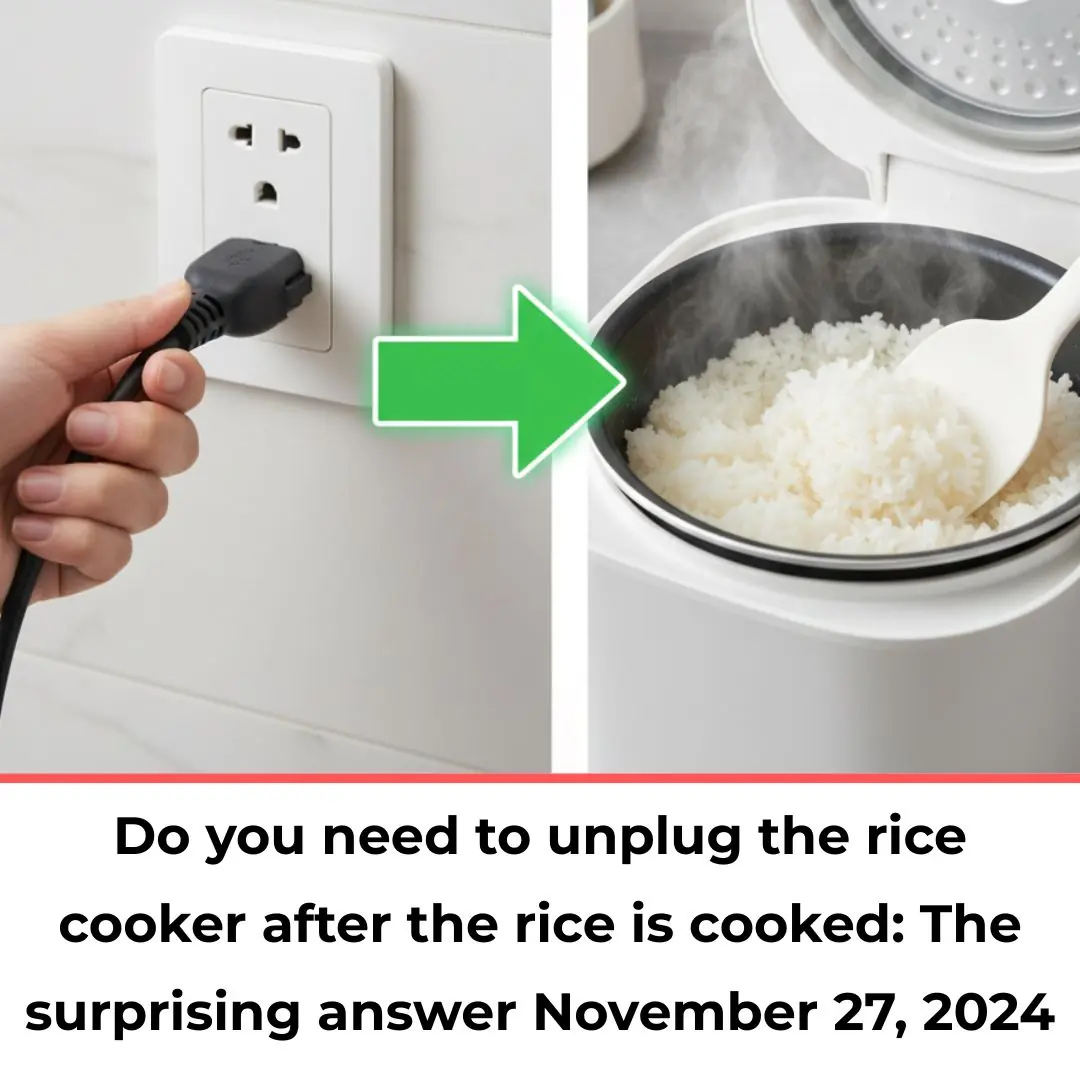
After boiling the chicken, do not take it out immediately onto a plate. Do one more thing to make sure the chicken is crispy, the meat is firm, and the skin does not fall apart when cut.
How to Boil Chicken Perfectly – A Classic Dish for Every Family
Boiled chicken is a “national dish” in Vietnamese households. It is not only a common item in daily meals but also an indispensable dish during ancestral ceremonies, family gatherings, festive occasions, and traditional holidays.
Although boiling chicken seems simple—just put the chicken into a pot and cook—it actually requires some skill. If not done properly, the meat can end up undercooked (with red flesh inside), too dry, or with cracked skin. With the right preparation and technique, however, you can achieve chicken that is juicy, tender, and beautifully presented.
Step-by-Step Guide to Boiling Chicken
Step 1: Clean and Prepare the Chicken
-
Rub the chicken with coarse salt to remove dirt, dead skin, and odors. Rinse thoroughly with clean water.
-
To avoid torn skin when boiling, cut off the chicken’s feet before cooking. This prevents the skin from shrinking too tightly during the process.
Step 2: Choose the Right Pot
Pick a tall, wide pot that fits the whole chicken comfortably. The chicken should not feel cramped (which would cause uneven cooking) nor float in an oversized pot (which makes it lose shape). The correct pot size ensures the chicken cooks evenly while maintaining an attractive form.
Step 3: Start with Cold Water
Place the chicken into the pot belly-side down, head facing upward. Add enough cold water to fully submerge the chicken. Add seasonings: a few crushed shallots, slices of fresh ginger, and a pinch of salt. Cold water ensures that the chicken heats up gradually, cooking evenly from the inside out.
Step 4: Bring to a Boil, Then Simmer
Heat the pot over high flame until it begins to boil. Once boiling, reduce to low heat and simmer for about 10 minutes. After this, turn off the heat, cover the pot with a lid, and let the chicken continue cooking in the hot water for another 20 minutes. This method ensures the chicken is cooked through but remains juicy without breaking the skin.
Step 5: Ice Bath for Firm Skin
When done, remove the chicken immediately and place it in a bowl of ice water. This step helps tighten the skin, making it firm, chewy, and shiny. It also prevents the skin from wrinkling.
👉 For a golden, appetizing color: Mix turmeric with a little chicken broth and brush it evenly over the skin. Alternatively, rub the chicken with turmeric before boiling—let it rest for 5 minutes, then rinse lightly before cooking. This gives the skin a naturally bright yellow color.
Tips for Choosing Good Chicken
For Roosters (male chickens):
-
Bright red comb and lively eyes.
-
Feathers glossy, close to the body.
-
Sharp beak, legs straight and slim, with smooth yellow skin.
-
Short spurs (long spurs indicate the chicken is old).
-
Firm body with visible muscles under the wings.
For Hens (female chickens):
-
Best choice: hens that have laid eggs a few times.
-
Comb bright red, not drooping.
-
Breastbone narrow but firm.
-
Skin under wings deep yellow, showing maturity.
-
Tail gland (phao câu) slightly larger in hens that have laid; smaller in hens that have not.
👉 Avoid chickens with unusual black spots, dull eyes, or pale combs—these are signs of poor health.
For Ready-to-Cook Chicken (already processed):
-
Free-range Vietnamese chickens usually have thin, elastic yellow skin (not too dark except at wings, back, or breast).
-
No bruises or blood clots under the skin.
-
Flesh is firm and springy when pressed, not mushy.
-
The neck should be smooth, without red bumps or clotted blood.
-
If the skin looks abnormally pale or blotchy, avoid purchasing—it may indicate disease.
Final Notes
-
Cooking time: For a 1.5–2 kg chicken, total simmering and resting should take about 30 minutes. Adjust slightly for larger or smaller birds.
-
Presentation: After cooling, cut into serving pieces or leave whole for ceremonies. A glossy, golden boiled chicken is often displayed whole with head and feet intact during festivals in Vietnam.
-
Broth use: The leftover chicken broth can be skimmed of fat and used as a base for soups, porridge, or noodles—rich in natural sweetness from the meat and aromatics.
💡 Extra tip: To add subtle fragrance, you can drop a pandan leaf or a few kaffir lime leaves into the boiling water. These aromatics are often used in Southeast Asian cooking and complement chicken beautifully.
👉 Bạn muốn mình viết thêm một bản ngắn gọn kiểu recipe card (Ingredients – Instructions – Notes) cho dễ in ra dùng trong bếp, hay giữ nguyên phong cách chi tiết này?
News in the same category


Bougainvillea likes to 'eat' this the most, bury it at the base once and the flowers will bloom all over the branches

The elders say: "If you put these 3 things on top of the refrigerator, no matter how much wealth you have, it will all be gone." What are these 3 things?
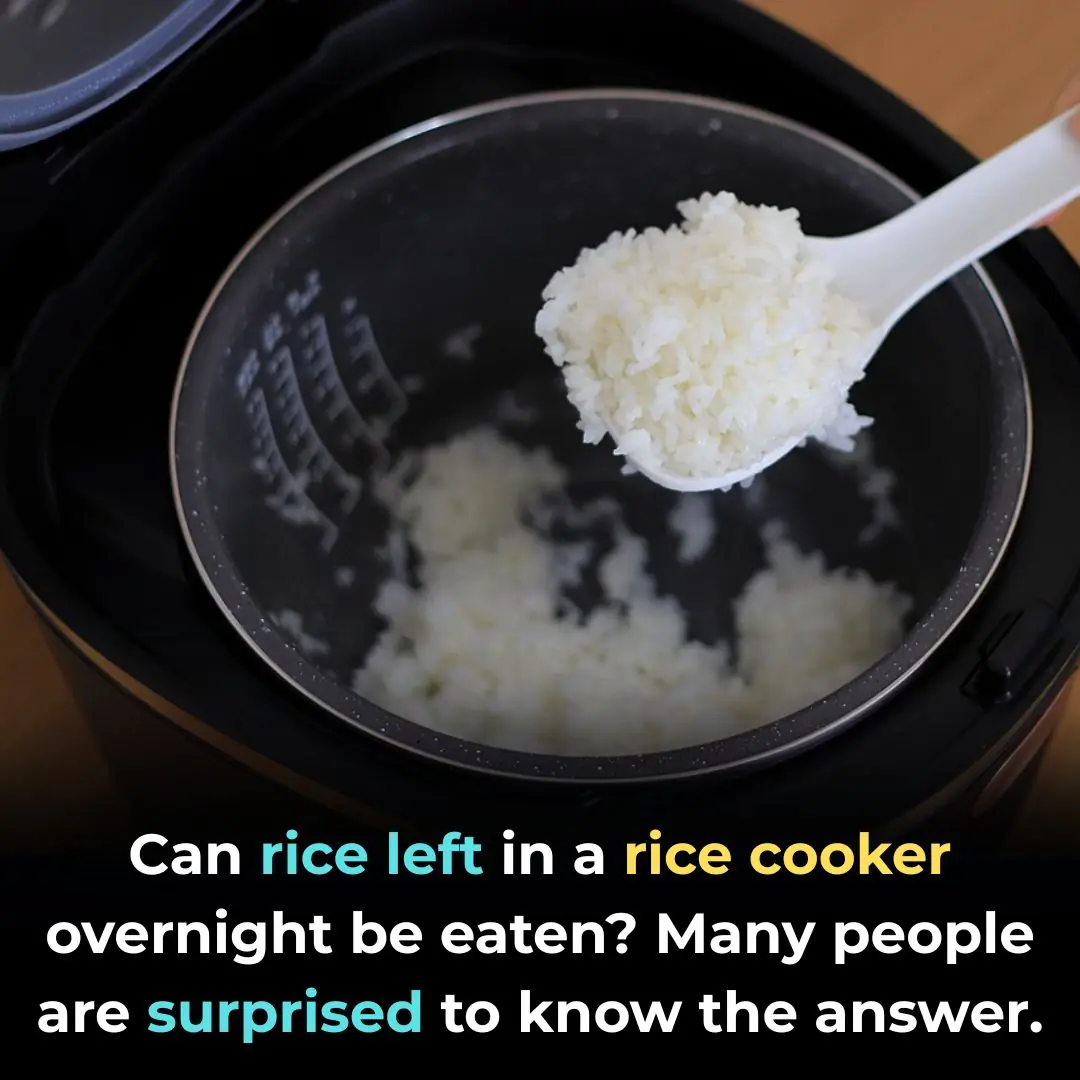
Can rice left in a rice cooker overnight be eaten? Many people are surprised to know the answer.
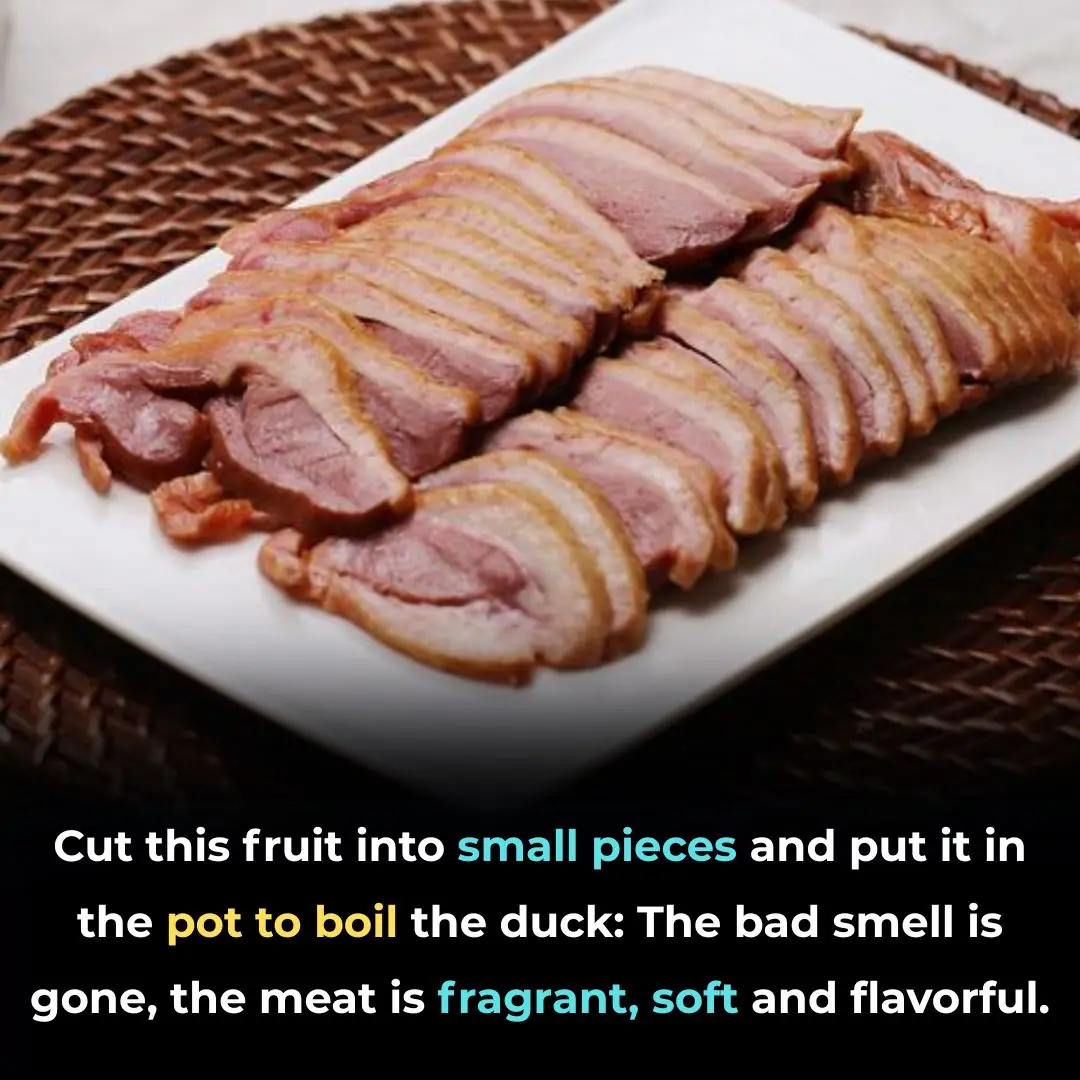
Cut this fruit into small pieces and put it in the pot to boil the duck: The bad smell is gone, the meat is fragrant, soft and flavorful.
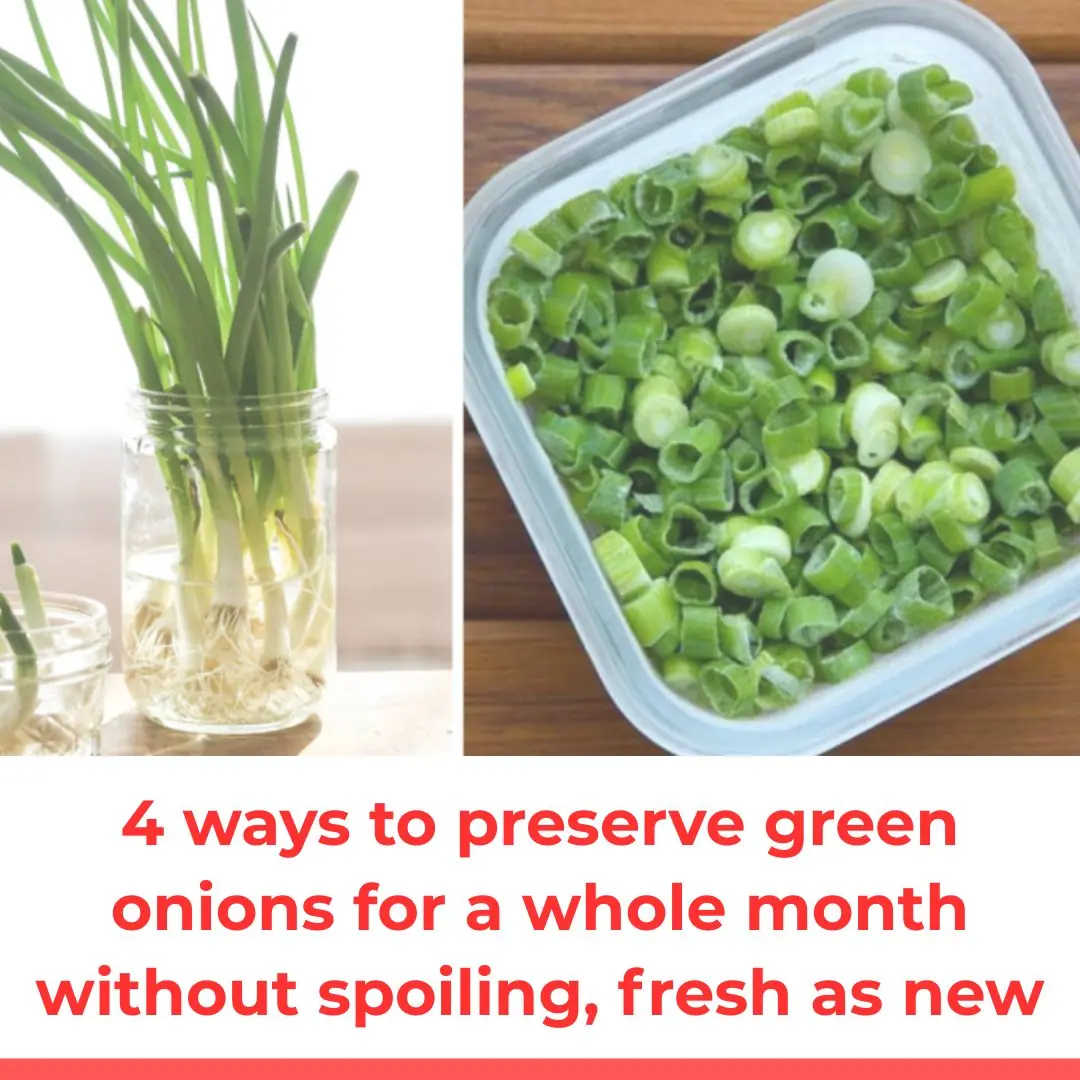
4 ways to preserve green onions for a whole month without spoiling, fresh as new

How to Effectively and Safely Repel Mosquitoes with Natural Ingredients

Tie Two Old Toothbrushes Together – A Clever Hack That Solves Common Household Problems

When buying shrimp, should you choose straight shrimp or curved shrimp? The surprising truth makes many people "fall back"

The way to distinguish naturally ripened tomatoes from chemically sprayed tomatoes is very simple: Just look at this point
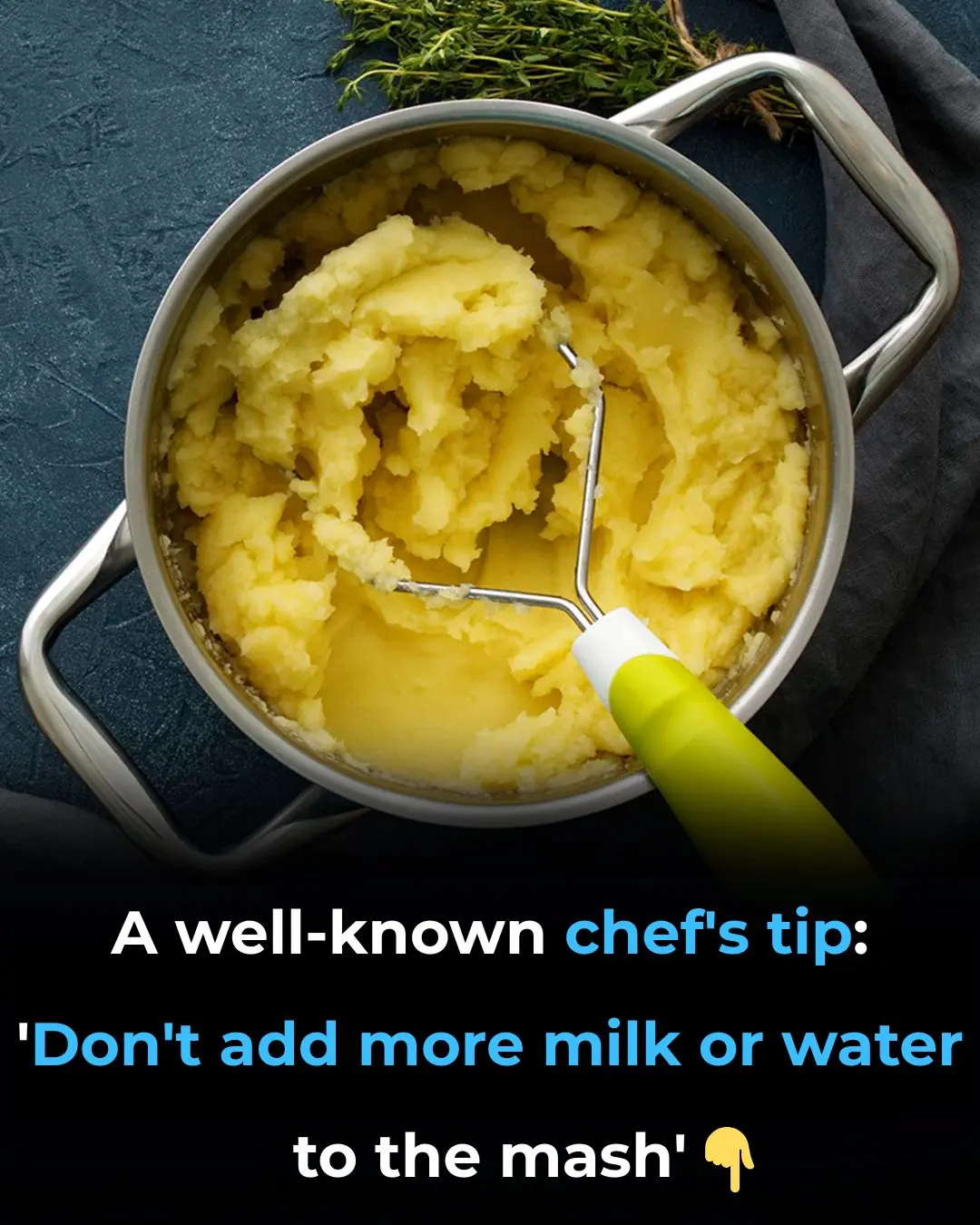
Secret to Creamy Gourmet Mashed Potatoes

Green Dot On Your Phone

10 reasons why adding lemon juice to your toilet tank is a must-do trick

The rubber gasket of the washing machine is moldy, apply this on the surface, no matter how dirty it is, it will be clean.

If You See These 3 Things in a Motel or Hotel Room, Check Out Immediately

What Are the Loops on the Back of Button-Down Shirts For?
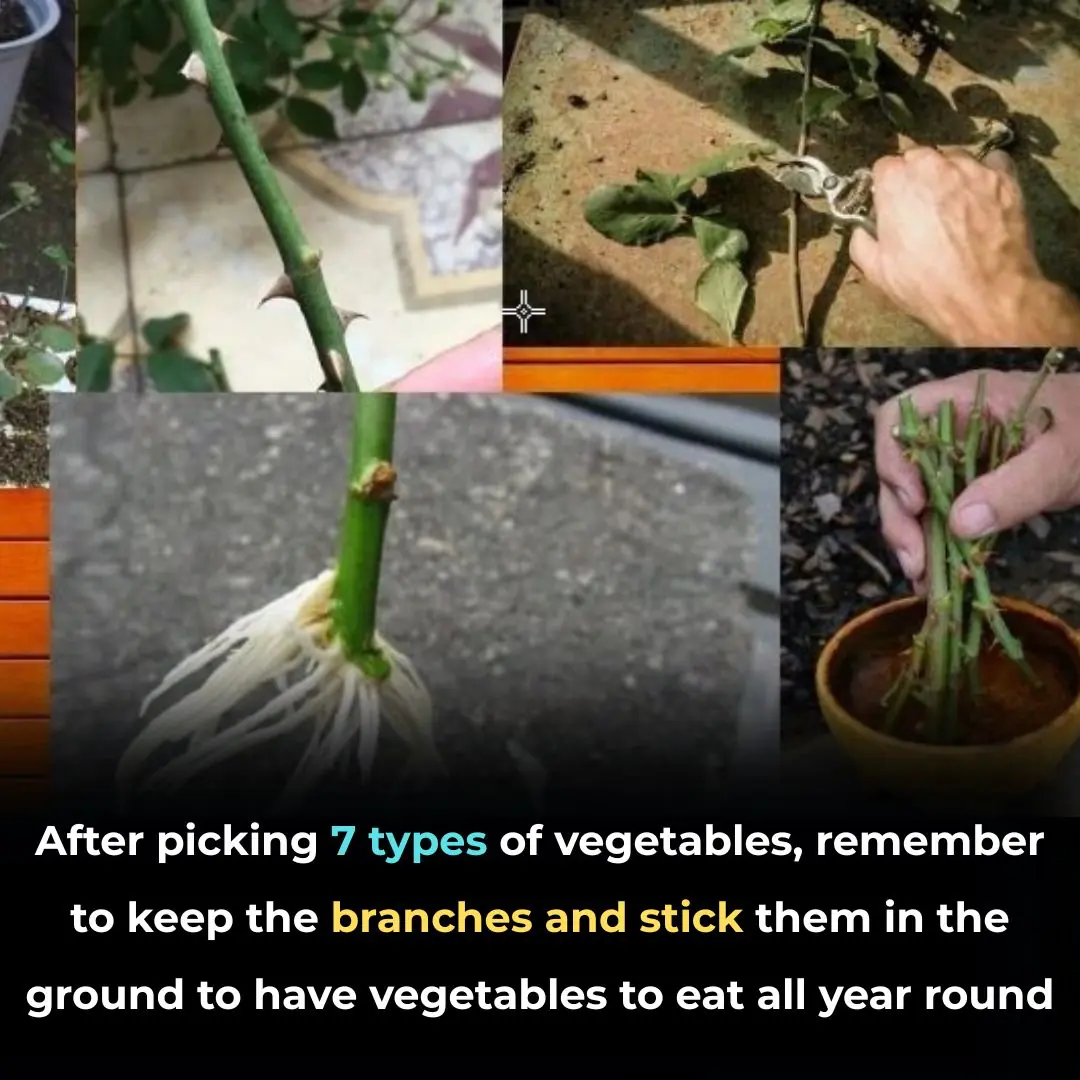
After picking 7 types of vegetables, remember to keep the branches and stick them in the ground to have vegetables to eat all year round

Why do flight attendants often bring a banana on the plane? Turns out to do this

Mix laundry detergent with an empty beer can in the corner of the house: No matter how many mosquitoes are lost, they will be completely killed.
News Post
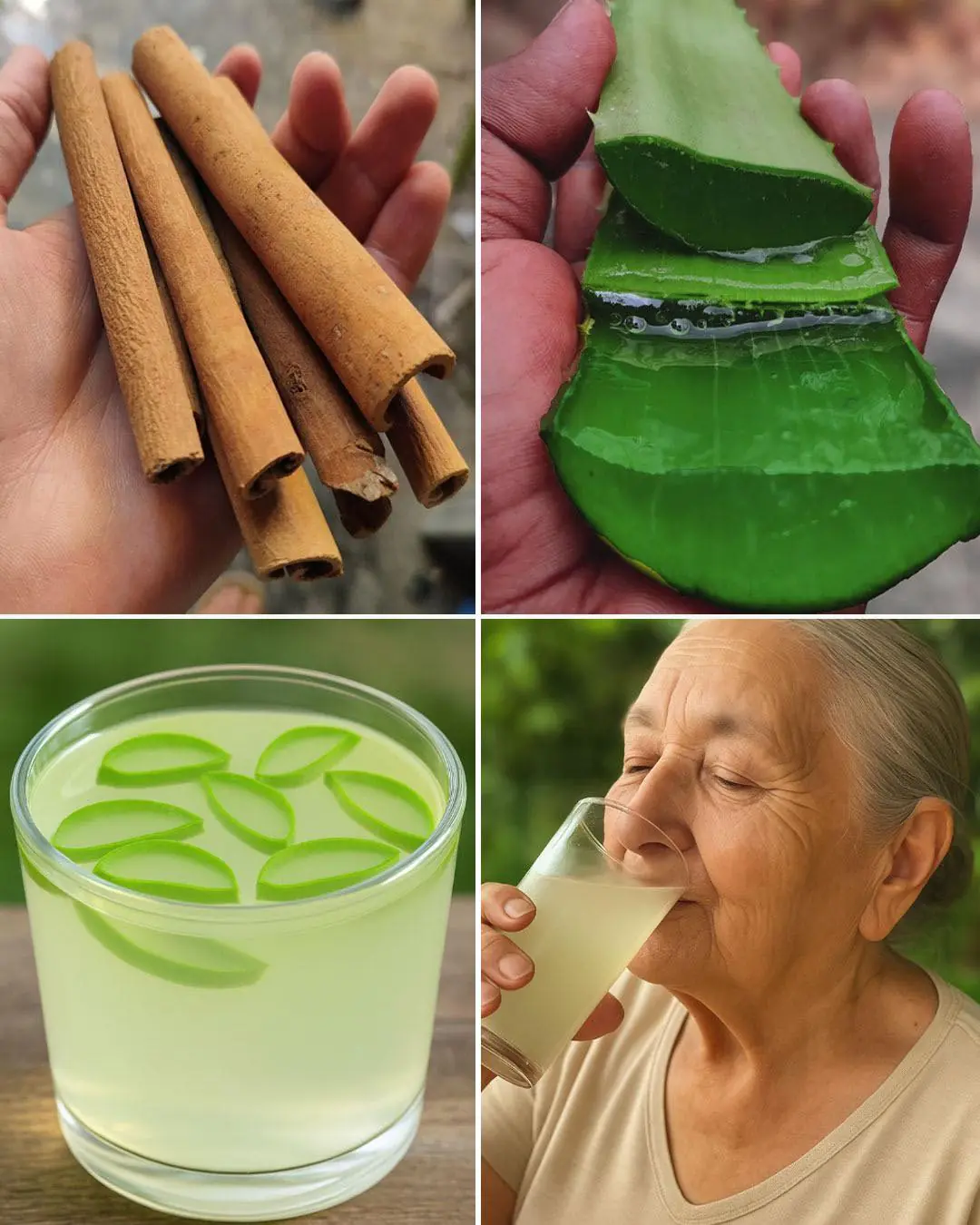
Aloe Vera and Cinnamon Remedy: Natural Benefits for Eye Health, Immunity, and Healing
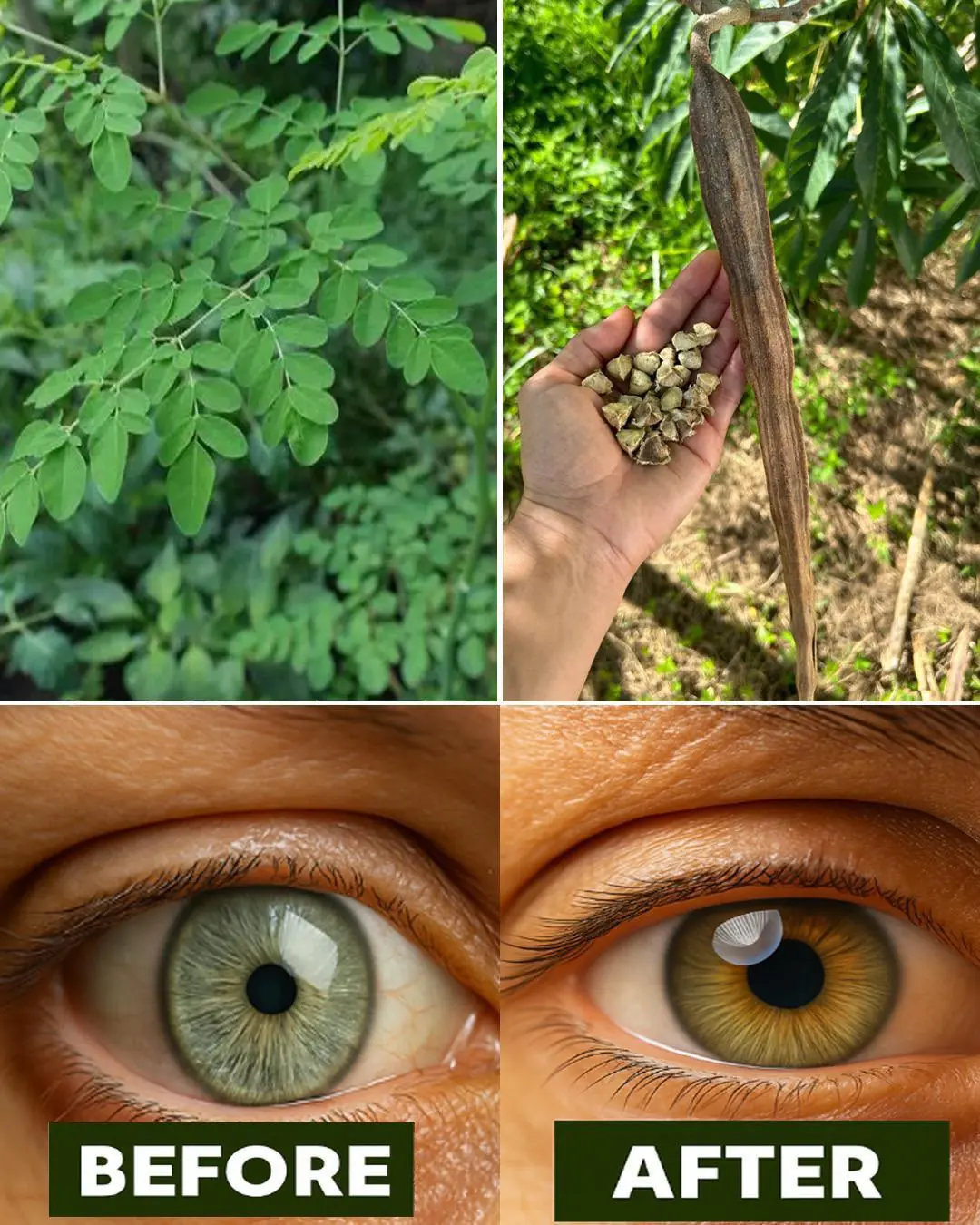
12 Powerful Benefits of Moringa Seeds
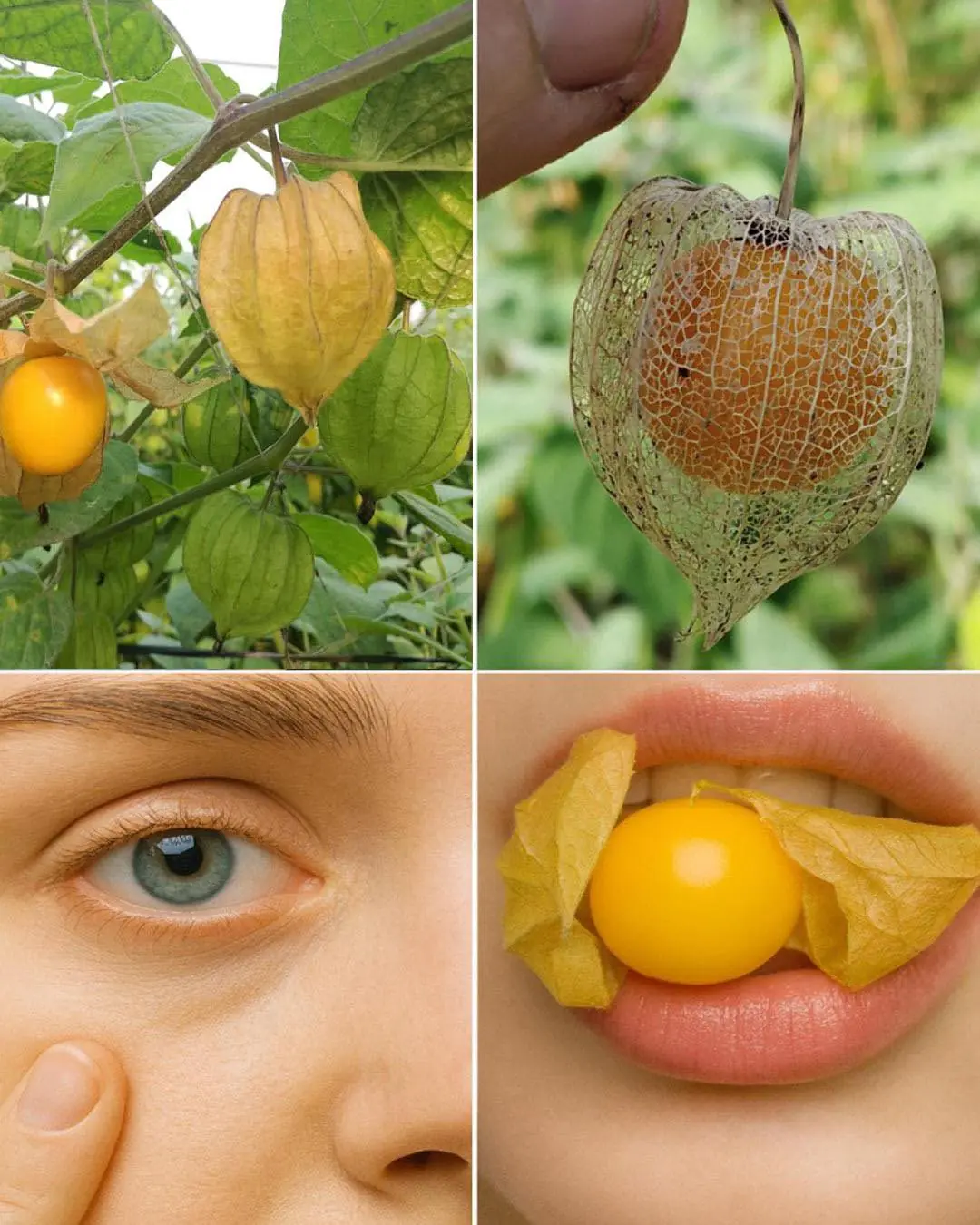
Goldenberries (Physalis peruviana): A Nutrient-Packed Powerhouse for Health and Vision
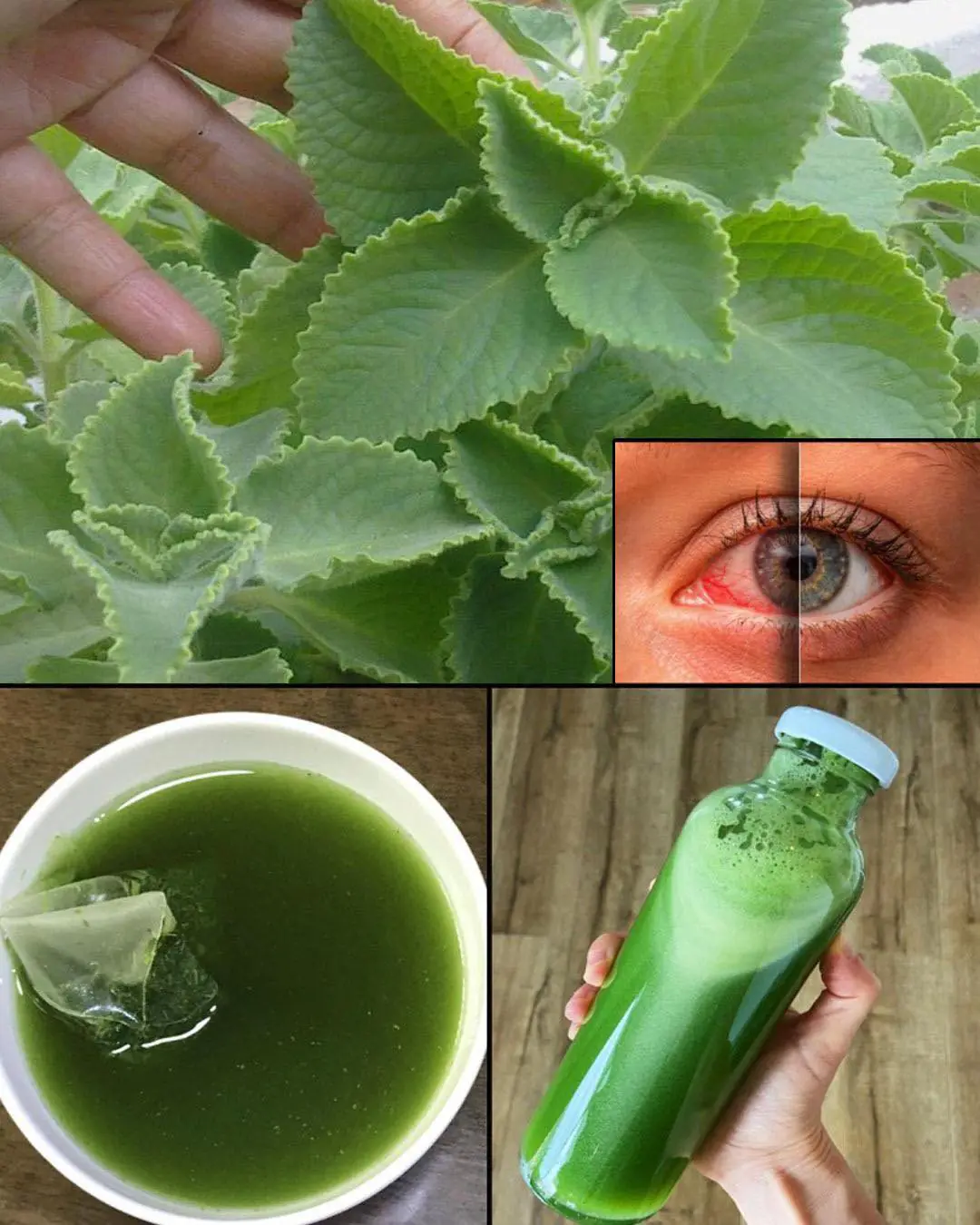
Oregano: The Golden Herb for Eye Health
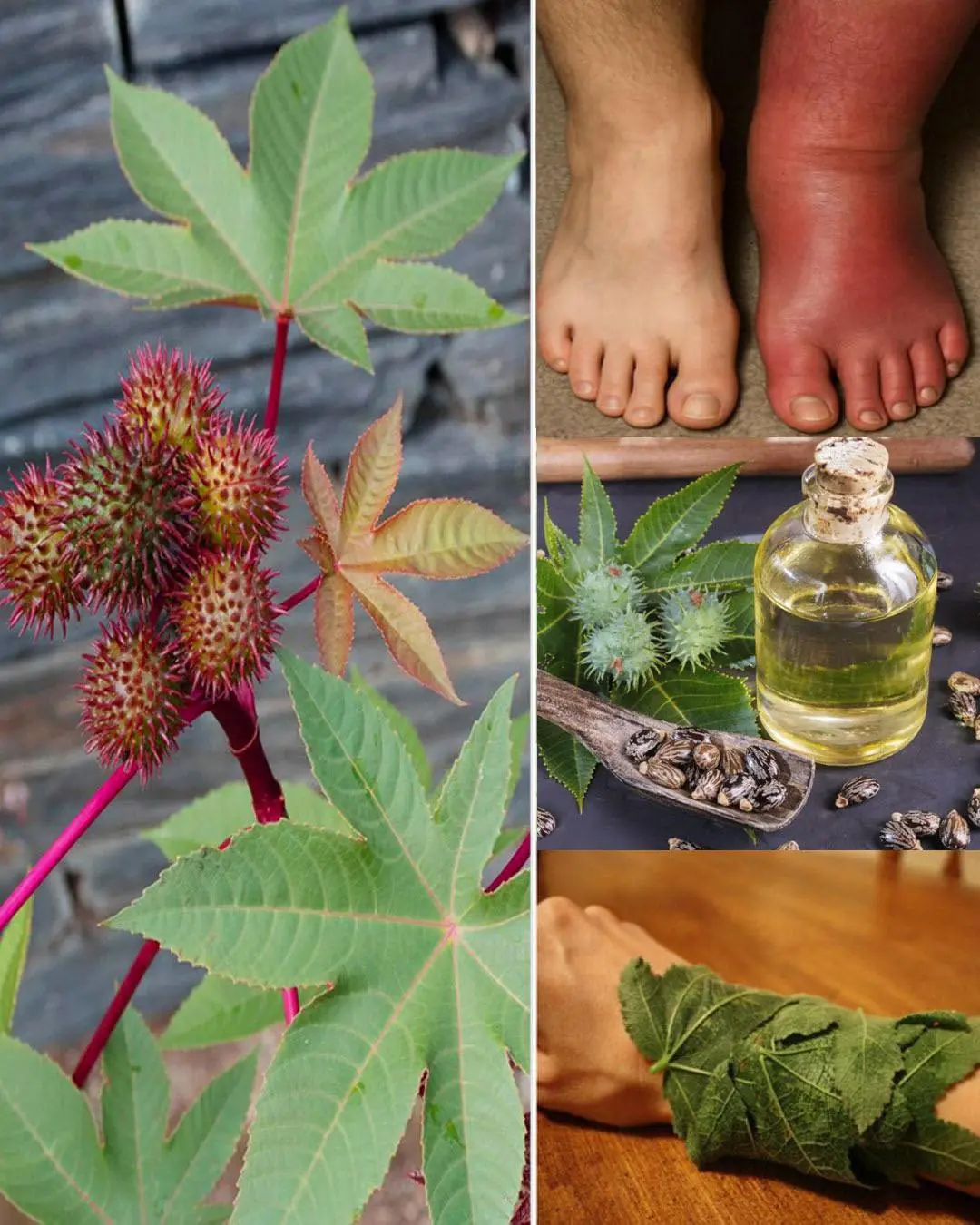
Some of the Benefits of Castor Leaves and the Seed
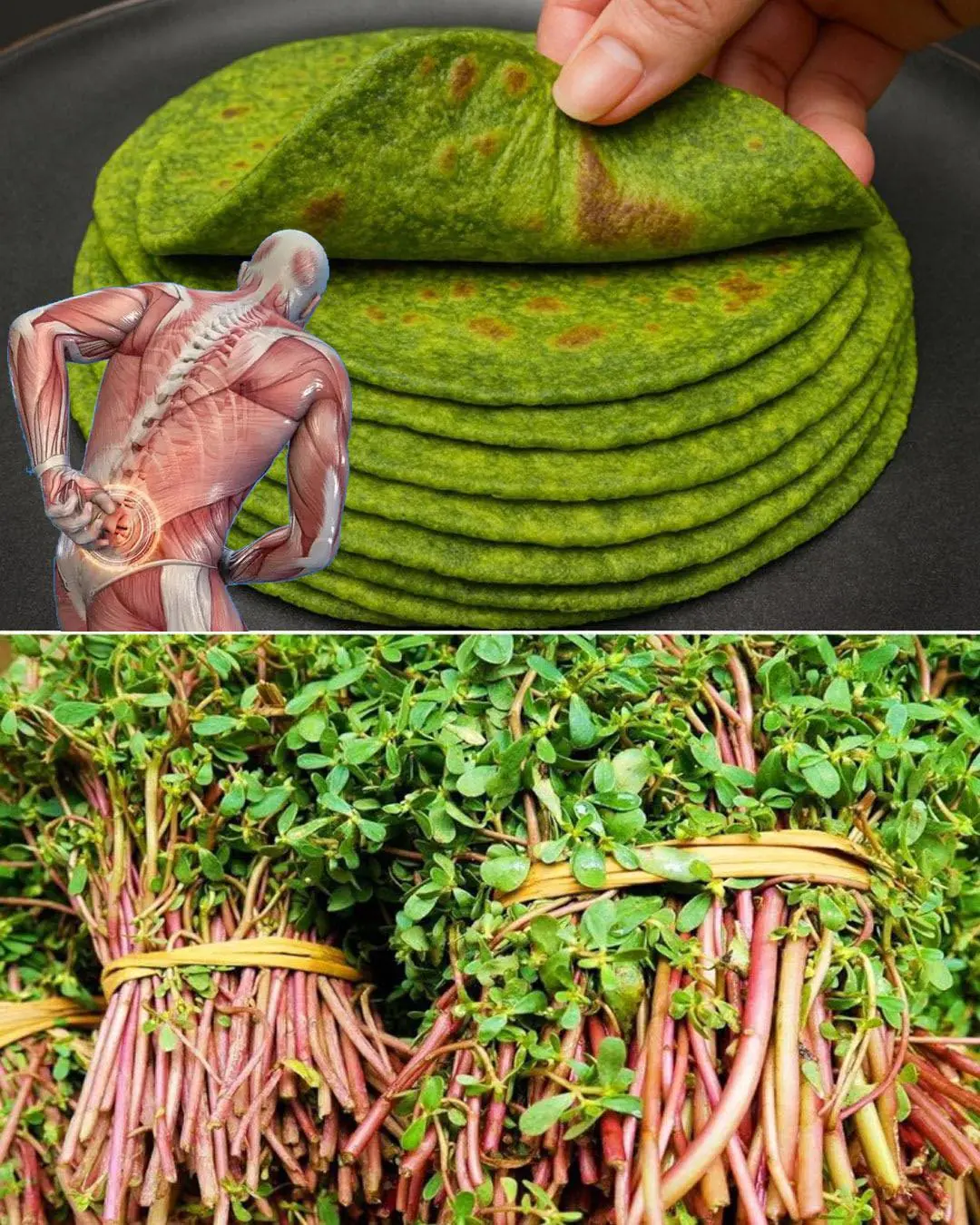
10 Benefits and uses of purslane
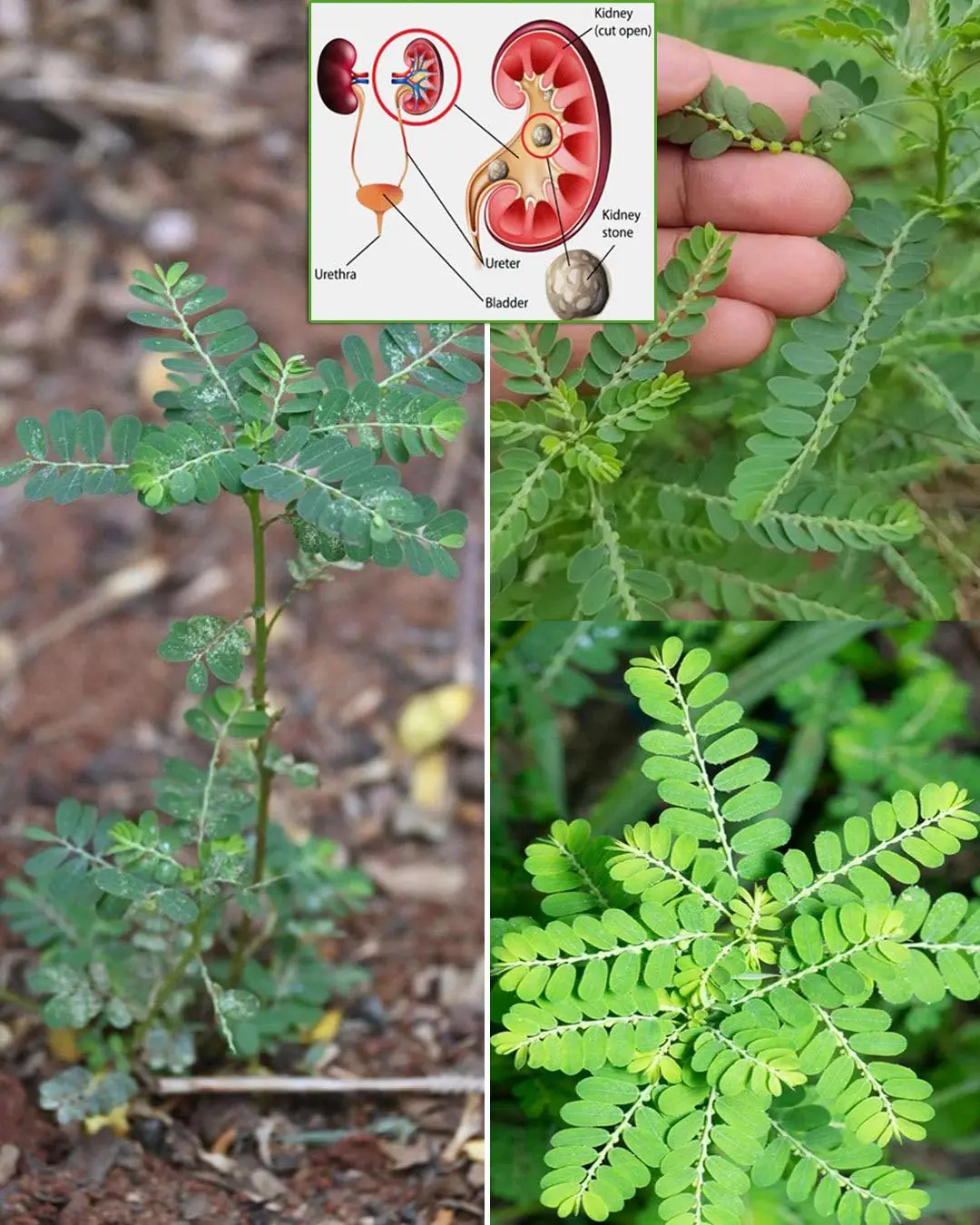
Chanca Piedra (Stonebreaker): Benefits and Uses

Do you need to unplug the rice cooker after the rice is cooked: The surprising answer November 27, 2024
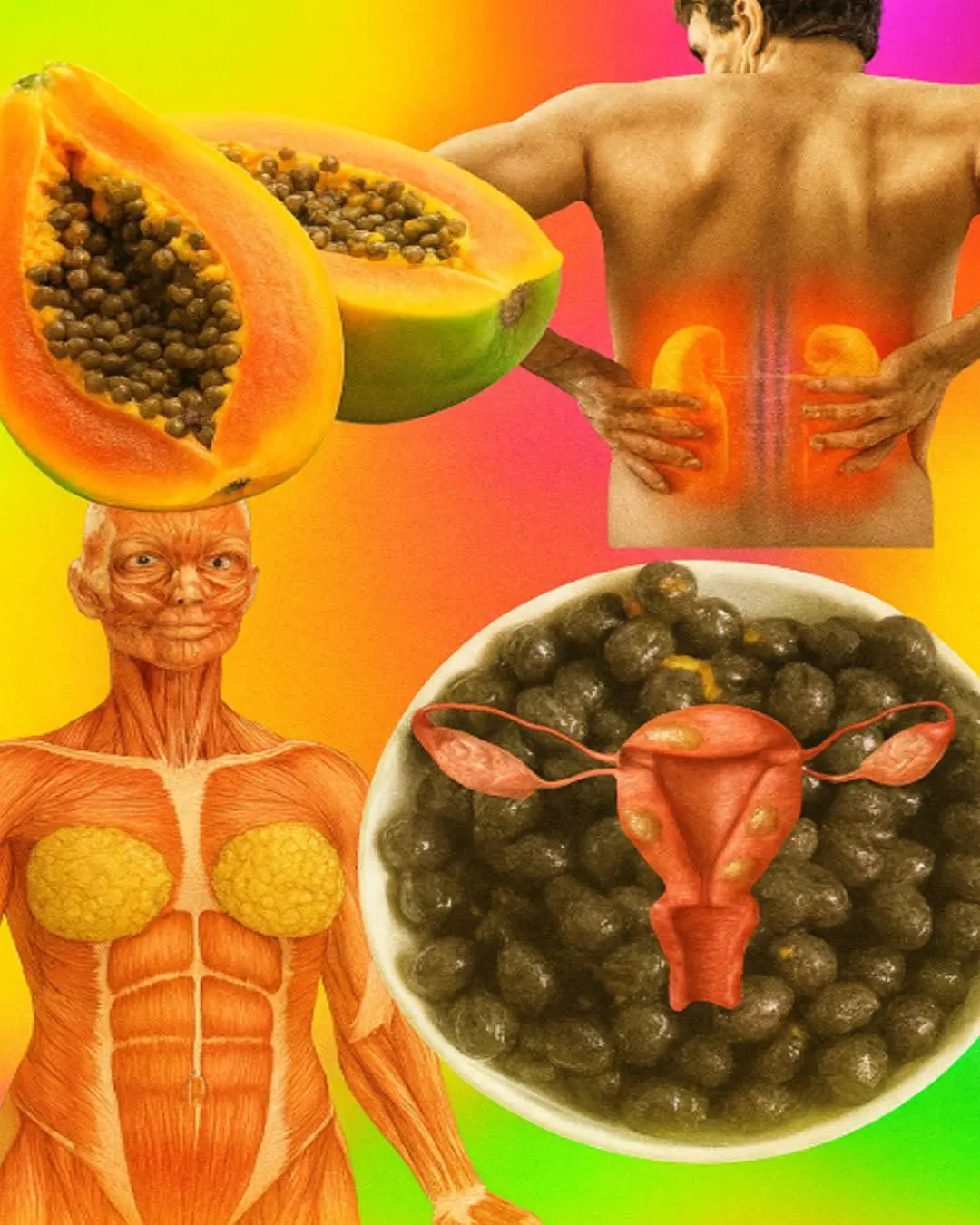
7 Benefits Of Papaya Seeds & How To Consume Them Correctly

Bougainvillea likes to 'eat' this the most, bury it at the base once and the flowers will bloom all over the branches

The elders say: "If you put these 3 things on top of the refrigerator, no matter how much wealth you have, it will all be gone." What are these 3 things?

Can rice left in a rice cooker overnight be eaten? Many people are surprised to know the answer.

Cut this fruit into small pieces and put it in the pot to boil the duck: The bad smell is gone, the meat is fragrant, soft and flavorful.

Warts on Hands: Causes and Effective Natural Treatments

Medicinal Health Benefits of Turmeric, Curcumin and Turmeric Tea Based on Science

4 ways to preserve green onions for a whole month without spoiling, fresh as new

The best way to lower blood pressure fast!

9 Habits You Need To Adopt Today To Stop Alzheimer’s or Dementia Before It Starts
